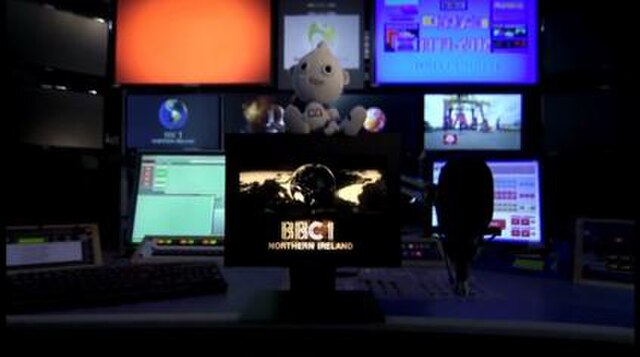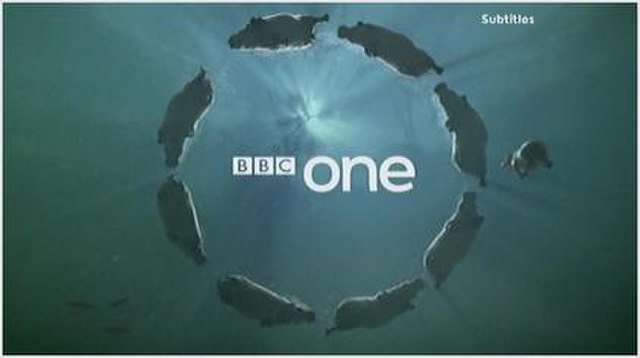Television in the United Kingdom
Television broadcasts in the United Kingdom began in 1932, however, regular broadcasts would only begin four years later. Television began as a public service which was free of advertising, which followed the first demonstration of a transmitted moving image in 1926. Currently, the United Kingdom has a collection of free-to-air, free-to-view and subscription services over a variety of distribution media, through which there are over 480 channels for consumers as well as on-demand content. There are six main channel owners who are responsible for most material viewed.
Chimney-mounted aerials used for receiving terrestrial television. These ones are Yagi-Uda antennae.
Exposed cables using for carrying cable TV. The green box is a common sight in areas with cable coverage, as are manhole covers inscribed with CATV.
Satellite dishes on a wall in Hackney, London. The small oval dishes are most likely being used for viewing British services, and are known as Minidishes. The larger dishes are most likely being used for viewing satellite services from outside the UK.
Broadband TV services are often distributed via copper telephone lines
BBC One is a British free-to-air public broadcast television channel owned and operated by the BBC. It is the corporation's oldest and flagship channel, and is known for broadcasting mainstream programming, which includes BBC News television bulletins, primetime drama and entertainment, and live BBC Sport events.
An image of 'Digit Al' sitting on the last BBC1 mechanical ident, taken from the last analogue BBC One Northern Ireland transmission on 23 October 2012 at 23:31 GMT
The circle idents were introduced on 7 October 2006 and were used until 31 December 2016. The Hippos ident is shown above.






